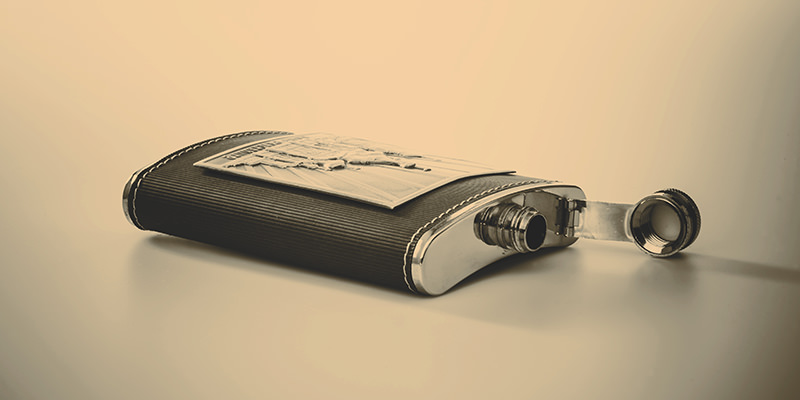 The good news: Global single-malt Scotch sales rose by 159 per cent between 2004 and 2014, according to the Scotch Whisky Association. The bad news: the world is now facing a shortage of age-labeled single-malt Scotch.
The good news: Global single-malt Scotch sales rose by 159 per cent between 2004 and 2014, according to the Scotch Whisky Association. The bad news: the world is now facing a shortage of age-labeled single-malt Scotch.
So why not just make more? Unfortunately, it’s not that simple. Because single malt whisky is mandated by law to be aged for at least three years, distilleries haven’t been able to act fast enough and increase output. In fact right now, approximately 20 million casks are currently maturing in warehouses in Scotland, not yet mature enough to be bottled and sold.
Speaking with CNN, Rickesh Kishnani, who launched the world’s first whisky investment fund, said that “the shortage of old and rare single malt… has already started, and it’s going to get worse.” Many attribute this shortage to the drink’s popularity in new markets; particularly, the Asian market, where one fifth of all Scotch exports are consumed.
Along with Scottish whisky producers, American distillers making bourbon are grappling with shortages. In 2013 Maker’s Mark attempted to preserve their supplies by cutting its alcohol content from 45 to 42 percent. Alas, its customers were none too pleased, and the company had to let go of this strategy.
Quite frighteningly, experts say the shortage could last up to fifteen years, and with that, of course, drive up prices. The Investment Grade Scotch Whisky Index, which tracks the value of high-end whiskies, increased by 14 per cent last year.
“We are currently working at full capacity – seven days a week, 24 hours a day,” Charlie Whitfield, a brand manager for Scotch whisky firm Macallan, told CNN. Macallan is currently building a 100 million pound second distillery, which it hopes to open in 2017. “We just need to be patient and allow those casks to work their magic.”
